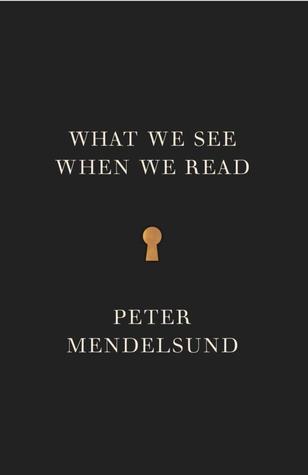What do you think?
Rate this book


425 pages, Paperback
First published August 1, 2014
Aristotle claimed that Self is an action, and that we discover something’s nature through knowing it telos. A knife becomes a knife through cutting….
For oft, when on my couch I lie
In vacant or in pensive mood
They flash upon that inward eye
Whis is the bliss of solitude…
“The openings of To the Lighthouse and Moby-Dick are confusing for the reader – we haven’t yet been given sufficient information to begin processing the narrative and its imagery.Sometimes Mendelsund muses on an idea and leaves it open for the reader to answer.
But we are used to such confusion. All books open in doubt and dislocation.
When you first open a book, you enter a liminal space.” (60-61)
“We gulp words and phases when we read quickly, but we also may choose to savor some texts, and roll them on our tongues.Oh hey I EVEN discussed this book on Episode 057 of the Reading Envy Podcast, and still completely forgot to post about it here.
(Does the speed at which we read affect the vividness of our imagination?)” (96)
